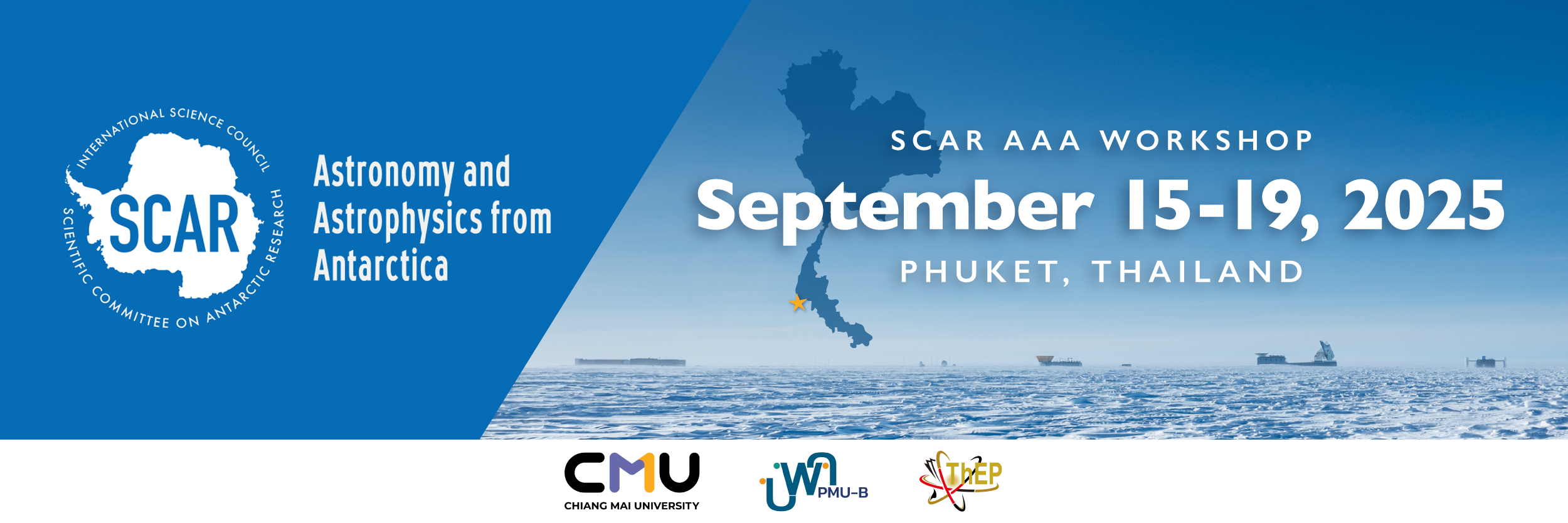Speaker
Description
The Cosmic Microwave Background (CMB) provides a window into the thermal history of the early Universe. Deviations from a perfect black-body spectrum, known as spectral distortions, carry unique signatures of early physical processes. Yet, despite their significance, no primordial spectral distortions have been detected to date, and the most stringent limits remain those set by the COBE/FIRAS mission in the 1990s. However, technological advancements over the last 30 years now make the first direct measurement of these distortions an achievable milestone.
The Cosmic Monopole Observer (COSMO) instrument is a ground-based experiment
designed to measure tiny spectral distortions in the isotropic component of the Cosmic Microwave Background radiation. COSMO is a Differential Fourier Transform
Spectrometer (DFTS) in the Martin-Pupplet configuration, operating at cryogenic
temperature (lower than 4K). Two input ports compare the emission of the sky to the emission of an internal black-body calibrator, producing an interferogram thanks to a movable roof mirror, which is actuated by a cryogenic Mirror Transfer Mechanism (MTM). This is designed to be effective at cryogenic temperatures while minimizing the heat load on the cryostat. Each of the two output of the DFTS is equipped with an array of multimode Lumped Element Kinetic Inductance Detectors (LEKIDs). The detector arrays operate in two frequency bands centered at 150 GHz and 250 GHz. They are cooled to T ≃ 150mK using a dilution refrigerator, while the optical components are also maintained at cryogenic temperatures to minimize their thermal emission.
COSMO will be operated from the Italian-French Concordia station at Dome-C on the
Antarctic plateau. Extremely cold and dry, this is one of the best sites on Earth for astronomical observations in mm-waves. Nevertheless, the atmosphere is still present so COSMO will use fast elevation scans to separate the atmospheric emission and its longterm fluctuations from the monopole of the sky brightness. This requires very fast detectors, a task well-suited to LEKIDs.
In this talk, I will review the COSMO experiment, focusing on the laboratory
characterization of the black-body calibrator, as well as the design and recent results of the characterization of the 150 GHz LEKID array and the results about the first cryogenic test of the MTM.

